Stanford University.
The research was published in Nature Nanotechnology in August.

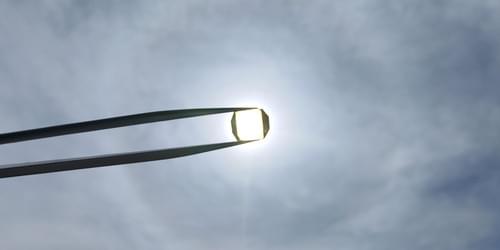
Researchers have demonstrated a quantum sensor that can power itself using sunlight and an ambient magnetic field, an achievement that could help reduce the energy costs of this energy-hungry technology.
No longer the realm of science fiction, quantum sensors are today used in applications ranging from timekeeping and gravitational-wave detection to nanoscale magnetometry [1]. When making new quantum sensors, most researchers focus on creating devices that are as precise as possible, which typically requires using advanced—energy-hungry—technologies. This high energy consumption can be problematic for sensors designed for use in remote locations on Earth, in space, or in Internet-of-Things sensors that are not connected to mains electricity. To reduce the reliance of quantum sensors on external energy sources, Yunbin Zhu of the University of Science and Technology of China and colleagues now demonstrate a quantum sensor that directly exploits renewable energy sources to get the energy it needs to operate [2].
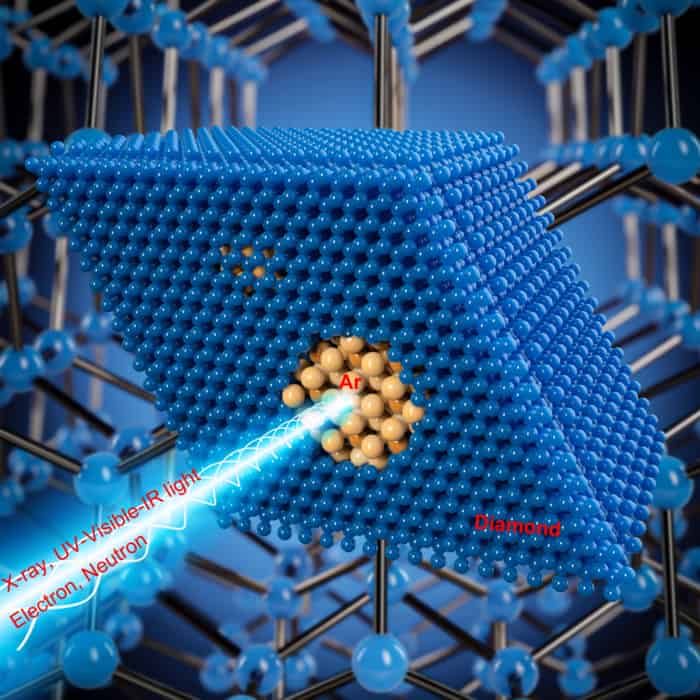

A new technology that incorporates flexible fiber sensors into shoes has been developed by the National Nanotechnology Research Center (UNAM) at Bilkent University and is able to identify a number of health issues, including Parkinson’s disease and gait disorders.
Project manager Mustafa Ordu, who specialized in the production and characterization of fiber cables that can generate electricity for wearable devices, explained that the technology developed at UNAM is loaded with smart sensors that can monitor body movements and determine issues and diseases, with the potential to diagnose many health problems.
Further explaining the cutting-edge technology, he said that it can be woven into body wear or incorporated into footwear since by knitting these cables together like a type of threaded fabric, they can be incorporated into clothing as fibers. “This is what makes our team stand out among the existing laboratories in the world; we make smart sensors with flexible fiber and two-dimensional materials,” said Ordu.
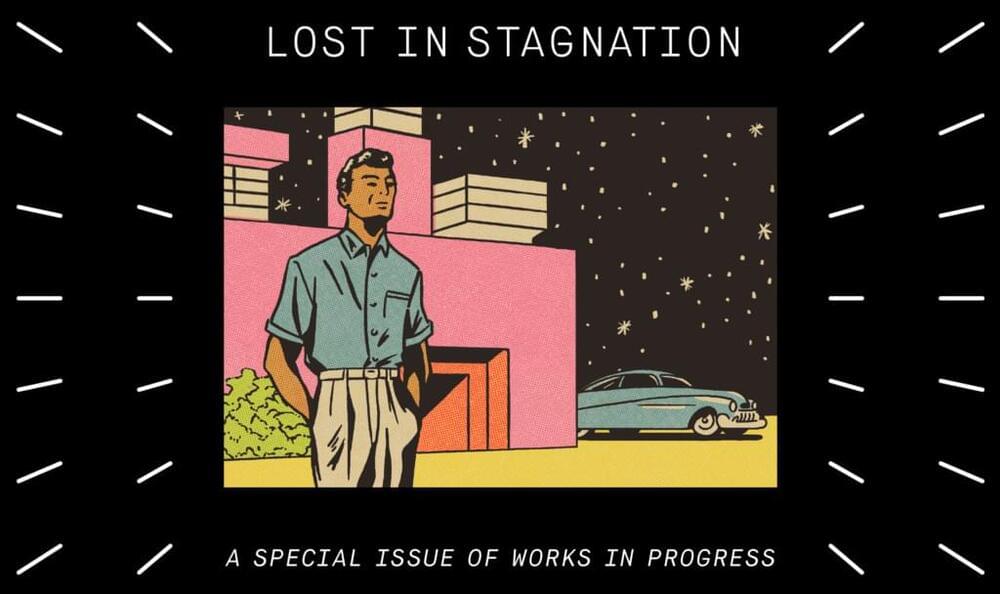

At 200 times stronger than steel, graphene has been hailed as a super material of the future since its discovery in 2004. The ultrathin carbon material is an incredibly strong electrical and thermal conductor, making it a perfect ingredient to enhance semiconductor chips found in many electrical devices.
But while graphene-based research has been fast-tracked, the nanomaterial has hit roadblocks: in particular, manufacturers have not been able to create large, industrially relevant amounts of the material. New research from the laboratory of Nai-Chang Yeh, the Thomas W. Hogan Professor of Physics, is reinvigorating the graphene craze.
In two new studies, the researchers demonstrate that graphene can greatly improve electrical circuits required for wearable and flexible electronics such as smart health patches, bendable smartphones, helmets, large folding display screens, and more.
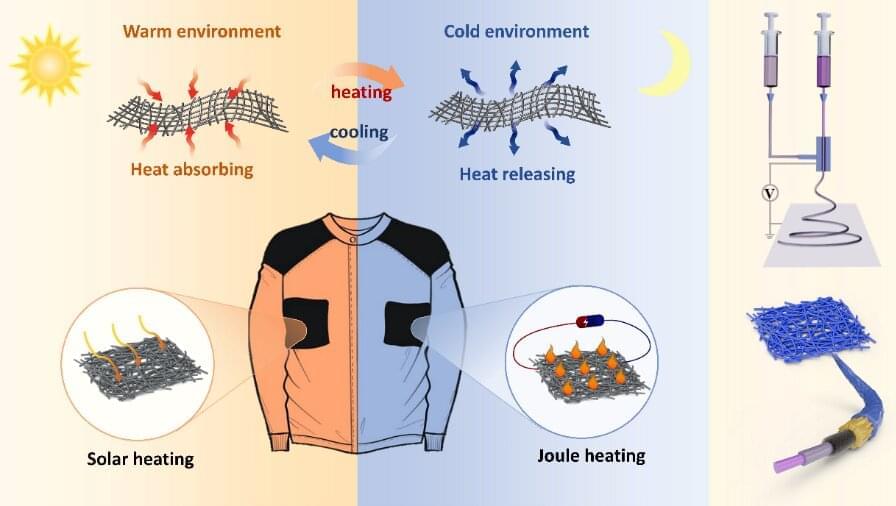
Textile engineers have developed a fabric woven out of ultra-fine nano-threads made in part of phase-change materials and other advanced substances that combine to produce a fabric that can respond to changing temperatures to heat up and cool down its wearer depending on need.
Materials scientists have designed an advanced textile with nano-scale threads containing in their core a phase-change material that can store and release large amounts of heat when the material changes phase from liquid to solid. Combining the threads with electrothermal and photothermal coatings that enhance the effect, they have in essence developed a fabric that can both quickly cool the wearer down and warm them up as conditions change.
A paper describing the manufacturing technique appeared in ACS Nano on August 10.
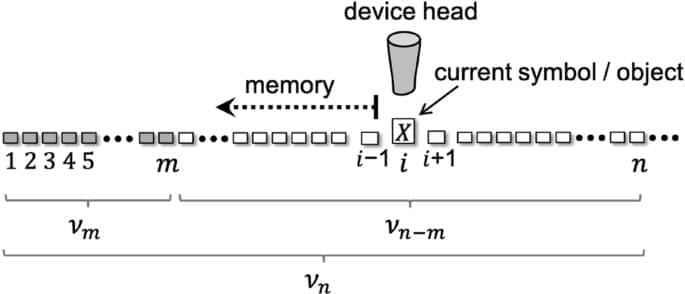
Information variations in a chain-like system are associated to energy transactions with the environment, which can take place reversibly or irreversibly, with a lower theoretical energy limit22,23. Fluctuations as a consequence of pure computations are on the order of the thermal level (i.e., similar to kT, being k the Boltzmann constant and T the absolute temperature), according to Landauer’s principle. Such energies are negligible at routine human scales but become significant when the size of the system is nanoscopic or smaller, because the work and heat it generates also compare with the thermal level. Small systems are based on nanostructures, including individual molecules and arrangements of atoms, such as biological and quantum systems.
Fluctuation theorems have appeared in recent years explaining quantitatively energy imbalances between forward and reverse pathways or between equilibrium and non-equilibrium processes24,25. They have been tested experimentally26,27,28, mostly in biomolecular systems analyzed on a one-by-one basis29. Most of these theorems establish relations among thermodynamic potentials for general systems, often with no specific insight into information theory. This theory, in turn, deals with spatially-indexed, 1-dimensional arrangements of symbols, which may not be necessarily associated to a time order. Recent generalizations separate the role of information and feedback control30,31, but still the interpretation of non-Markovianity, irreversibility and reversibility in terms of purely informational operations such as reading, writing and error correction32,33 remains obscured.
Here, we analyze energy exchanges associated to the symbolic management of a sequence of characters, without reference to the physical construction of the chain. Just by considering reversibility at the single sequence level and conservation laws, we next present two pairs of fluctuations equalities in the creation of information sequences, which use depends on energy exchange constraints. Our analysis integrates key information concepts, namely, reading, writing, proof reading and editing in the thermodynamic description of a string of symbols with information.
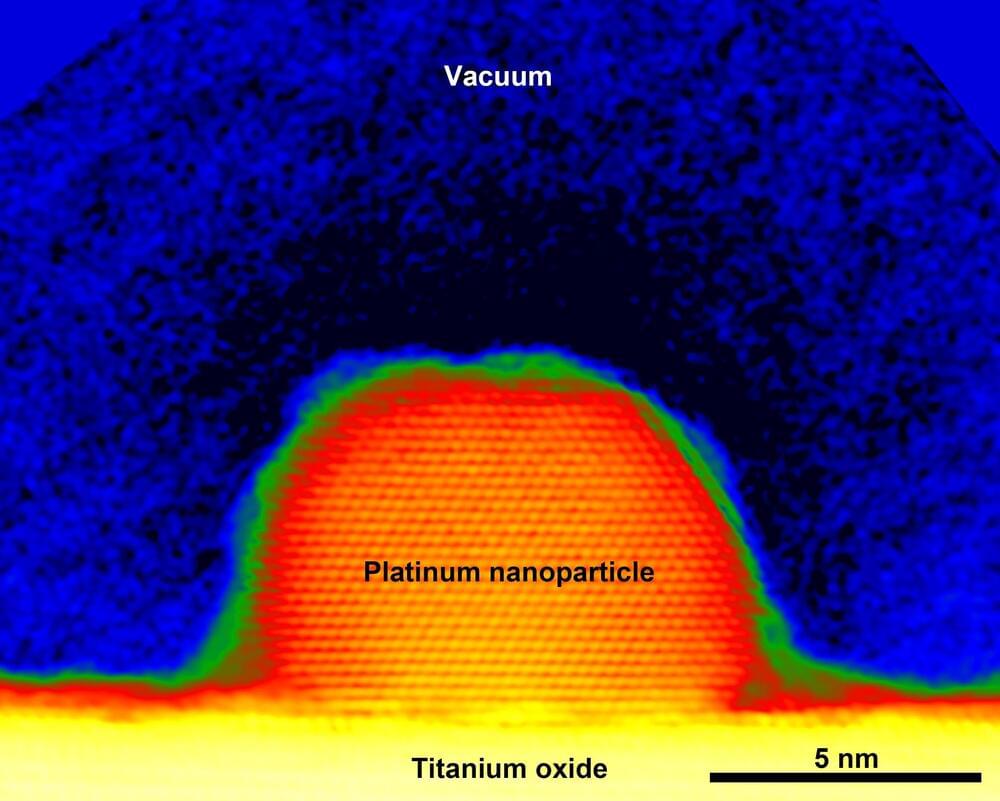
If you often find yourself off by one when counting your socks after doing the laundry, you might want to sit down for this.
Scientists in Japan have now counted the number of extra—or missing— charges down to a precision of just one electron in single platinum nanoparticles having diameters only one-tenth those of common viruses.
This new process for precisely studying differences in net charge on metal nanoparticles will aid in the further understanding and development of catalysts for breaking down greenhouse and other harmful gases into fuels and benign gases or for efficiently producing ammonia needed for fertilizers used in agriculture.